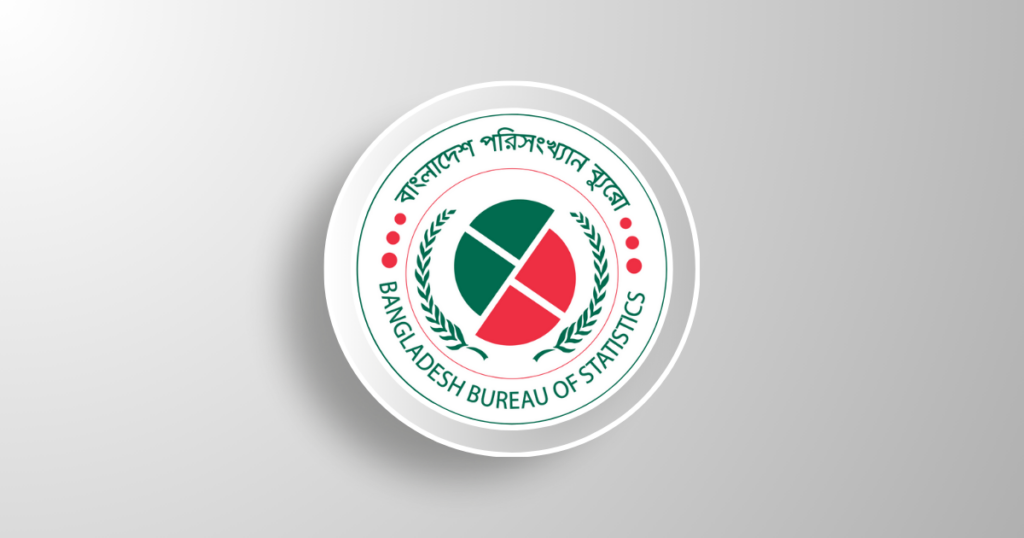Bangladesh witnessed a decline in private investment as a share of its Gross Domestic Product (GDP) in the last fiscal year, signaling a slowdown in industrial growth, according to the Bangladesh Bureau of Statistics (BBS).
Provisional figures reveal that private investment dropped to 23.51% of GDP in the fiscal year 2023-24 (FY24), a decline from 24.18% in FY23.
Additionally, private consumption contracted by 1.8 percentage points in FY24, largely due to escalating consumer prices and an average annual inflation rate of 10.59% during the third quarter.
These developments have had a tangible impact on the industrial sector, where growth fell from 8.37% in FY23 to 6.66% in FY24, based on provisional data for the first nine months ending in March.
Moreover, the final GDP growth rate for FY23 was revised downward to 5.78%, from the previous estimate of 6.03%. The BBS has provided a provisional estimate for GDP growth in FY24, placing it at 5.82%.
Among the three key economic sectors, services led with a 51.04% share of the country’s GDP, followed by industry at 37.95%, and agriculture at 11.02%.
The service sector witnessed a 0.43% growth uptick in FY24, while the industry sector contracted by 1.71% and agriculture by 0.16% year-on-year.
The industrial sector’s weaker performance is attributed to significant downturns in its three major sub-sectors—large, small, medium, and cottage industries—dampening overall manufacturing, a critical private-sector job provider.
Growth in large manufacturing industries was estimated at 4.65% in FY24, down from 8.39% in FY23. Meanwhile, growth in medium, small, and micro enterprises declined to 5.07%, compared to 9.03% in the previous fiscal year. The cottage industries’ growth rate fell to 6.70%, from 9.97% in FY23.
Value addition across all industrial segments—large, small, medium, and cottage industries—has been on a decline over the past year.
However, the BBS pointed out relatively stronger growth in cottage industries, which contribute about 20% of the total value added in the manufacturing sector. These industries primarily rely on indigenous raw materials, making them less vulnerable to external economic shocks. The data indicated increased production in cottage industries, particularly in food, beverages, tobacco, leather goods, wood products, glass, iron products, vehicle parts, and iron furniture.
Sectoral distribution data show a gradual reduction in agriculture’s GDP share, contrasted by growth in the industry and service sectors.
Despite stable physical output in the agriculture sector, especially in crops and horticulture, its overall contribution to GDP has been diminishing, while the industry and service sectors’ shares have been rising.
The tax-GDP ratio saw an improvement, reaching 8.91% in FY24, up from 7.30% in the previous year.
The budget deficit edged up slightly to 5.11% of GDP in FY24, compared to 4.99% in FY23.
Exports and imports, as a percentage of GDP, fell by more than two percentage points to 28.89% in FY24.
Overall investment, encompassing both public and private sectors, increased marginally by 0.03% in FY24, while domestic savings rose by 1.85% and national savings by 1.91%.
Provisional estimates by the BBS placed per capita GDP at Tk 294,191 ($2,675) and per capita gross national income (GNI) at Tk 306,144 ($2,784) for FY24.

